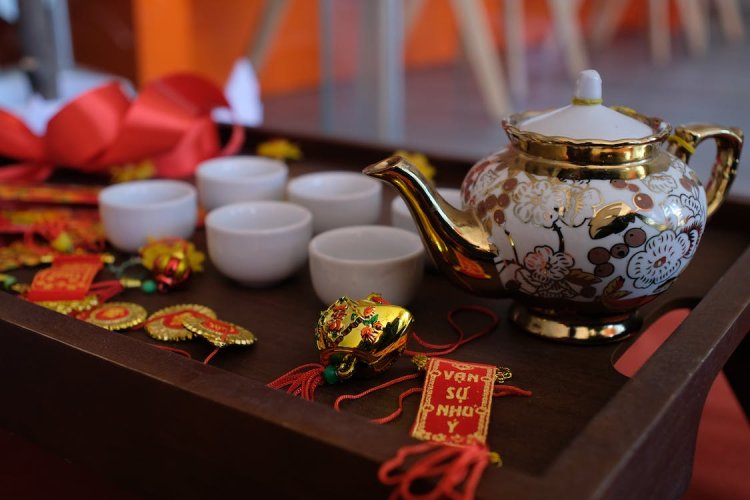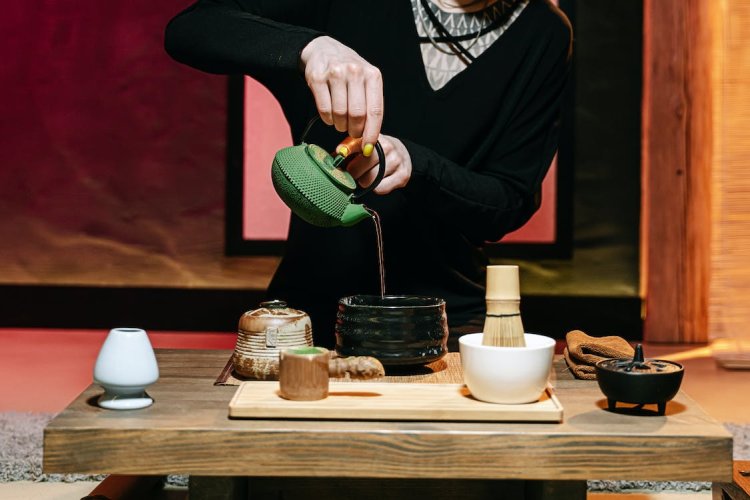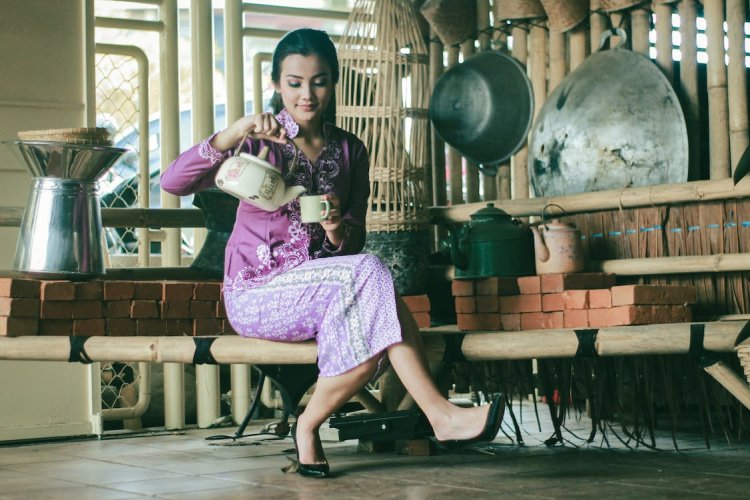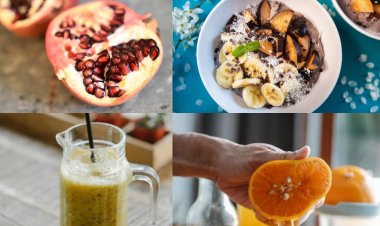Exploring Traditional Chinese Tea Sets
Immerse yourself in the world of exquisite Traditional Chinese Tea Sets. Explore their history, craftsmanship, and cultural significance in the realm of tea.

China, with its rich history spanning thousands of years, has given birth to numerous cultural treasures, and one of the most exquisite among them is the Traditional Chinese Tea Set. This remarkable ensemble of teaware is not merely a vessel for brewing tea; it's a representation of centuries-old traditions, artistry, and the profound Chinese philosophy that tea embodies.
A Glimpse into Chinese Tea Culture
Before we embark on a journey to explore Traditional Chinese Tea Sets, it's crucial to understand the deep-rooted significance of tea in Chinese culture. Tea transcends being a mere drink; it embodies a way of existence.Its history is interwoven with legends, philosophy, and rituals that have shaped the lives of millions.
Step 1: Dive into the Rich History of Chinese Tea Culture
The story of Chinese tea culture is as captivating as it is ancient. According to legend, Emperor Shen Nong, also known as the "Divine Healer," discovered tea in 2737 B.C.When tea leaves were unintentionally carried into a pot of boiling water. Fascinated by the aroma and flavor, he declared it a medicinal herb and thus began the journey of tea.
As centuries passed, tea became a symbol of Chinese hospitality and culture. The Silk Road played a pivotal role in spreading tea beyond China's borders, introducing it to various cultures along the way.

Step 2: Recognize Regional Variations
China's vast and diverse landscape has given rise to a multitude of tea customs and flavors. The regional variations in tea are a testament to the country's rich biodiversity and distinct climates. For example:
- Green Tea: Crisp and refreshing, green tea is abundant in regions like Zhejiang and Anhui, where the climate is ideal for growing delicate tea leaves. Famous varieties include Dragon Well (Longjing) and Huangshan Maofeng.
- Oolong Tea: Known for its complex flavor profiles, oolong tea thrives in Fujian and Guangdong. Tie Guan Yin and Da Hong Pao are celebrated oolong teas.
- Black Tea: Rich and robust, black tea is favored in regions like Yunnan and Fujian. Dian Hong and Keemun are renowned black tea varieties.
- Pu'er Tea: Aged and fermented, Pu'er tea hails from Yunnan and has a unique earthy flavor that deepens with time.
The Essence of Gongfu Tea
To truly appreciate the art of Traditional Chinese Tea Sets, we must explore Gongfu tea. Gongfu, which translates to "making tea with skill," is a meticulous tea preparation method that epitomizes precision and patience.
Step 3: Understand the Gongfu Tea Preparation Process
Gongfu tea requires the use of specialized teaware, including Yixing clay teapots, gaiwans, and tiny teacups. The process involves multiple short infusions, allowing tea enthusiasts to savor the evolving flavors of the leaves.
- Warming the Teapot: The ritual begins by warming the Yixing clay teapot or gaiwan with hot water. This step ensures that the temperature is consistent for brewing.
- Rinsing the Tea Leaves: Tea leaves are placed in the teapot, rinsed briefly with hot water, and then discarded. This quick rinse awakens the leaves and removes any impurities.
- Multiple Infusions: Hot water is poured over the leaves in short, successive infusions. Each infusion lasts only seconds, gradually revealing the nuances of flavor in the tea.
- Savoring Each Cup: Gongfu tea is served in tiny cups, allowing drinkers to appreciate the subtleties of each brew. It's a mindful and meditative process that encourages a deep connection with the tea.
Choosing the Perfect Teaware
The choice of teaware is crucial when it comes to crafting the perfect cup of tea. Traditional Chinese Tea Sets offer a wide array of options, each with its unique charm.

Step 4: Tips for Selecting the Ideal Teaware
- Porcelain vs. Yixing Clay: Porcelain teapots are known for their neutrality, allowing the true flavors of the tea to shine through. On the other hand, Yixing clay teapots absorb the essence of the teas brewed in them, enhancing the taste over time.
- Gaiwans and Tea Trays: Gaiwans are versatile and convenient for gongfu tea preparation. A tea tray, often used to catch spills, is a practical addition to your tea set.
- Teacups: Small, handleless teacups are the norm in gongfu tea. They're designed to keep the tea hot and allow you to savor it slowly.
The Artistry of Yixing Clay Teapots
Yixing clay teapots are a testament to Chinese craftsmanship and artistry. These teapots are crafted from a unique purple clay found only in the Yixing region of China.
Step 5: Discover the Art of Yixing Clay Teapots
- Craftsmanship: Yixing teapots are handmade by skilled artisans who mold the clay without the use of a potter's wheel. This labor-intensive process results in teapots with intricate designs and textures.
- Seasoning and Care: Yixing teapots are known to "remember" the teas brewed in them. Over time, the pot absorbs the flavors and aromas, enhancing the taste of future brews. To maintain their integrity, these teapots should be dedicated to specific types of tea.
Stay tuned for more in this captivating journey into Traditional Chinese Tea Sets, where we'll explore Chinese tea ceremonies, diverse tea varieties, tea etiquette, and practical tips for brewing the perfect cup. Traditional Chinese Tea Sets are more than just teaware; they are gateways to a world of culture, tradition, and sensory delight.

 drseervi
drseervi 















